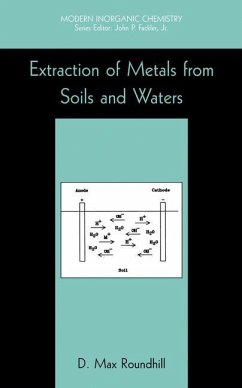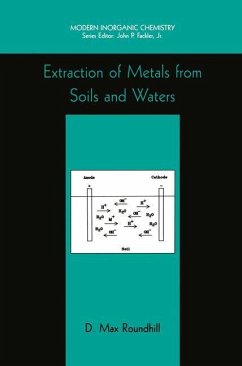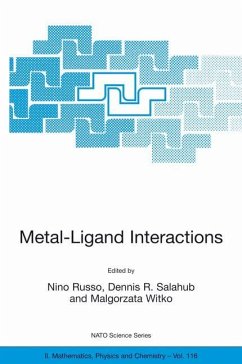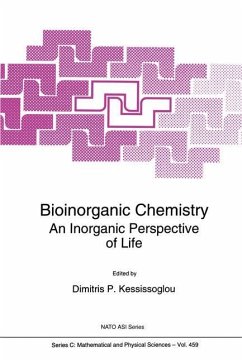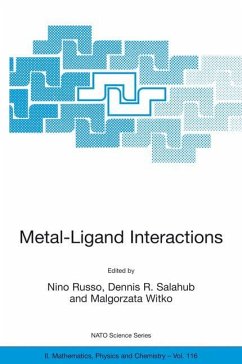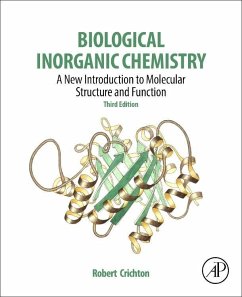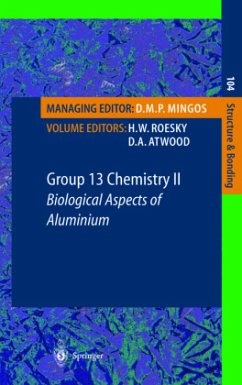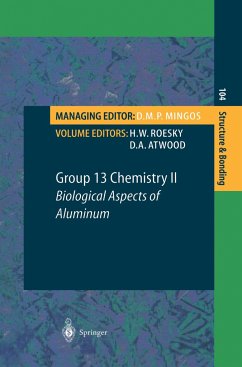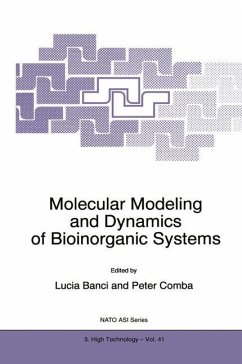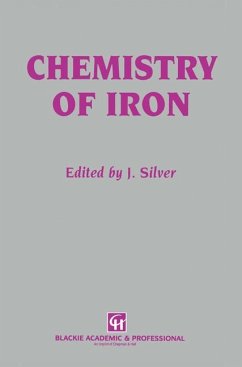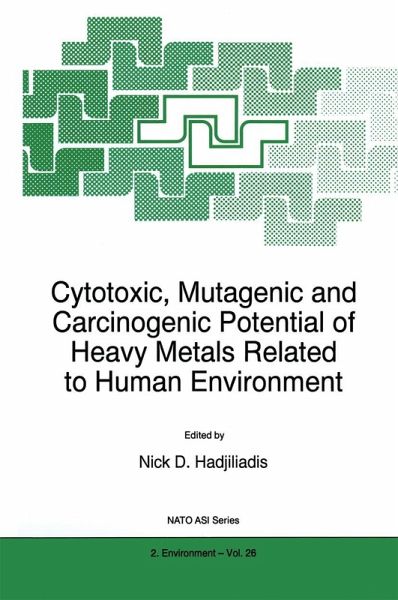
Cytotoxic, Mutagenic and Carcinogenic Potential of Heavy Metals Related to Human Environment
Versandkostenfrei!
Versandfertig in 6-10 Tagen
39,99 €
inkl. MwSt.

PAYBACK Punkte
20 °P sammeln!
Environmental pollution is one of the main problems to confront humanity, with the heavy metals occupying a leading role among the most pernicious pollutants. The metals cause cancer and other sicknesses. Their cytotoxic, mutagenic and carcinogenic potentials are not fully understood, and any thorough investigation demands the combined efforts of scientists drawn from many different disciplines. But the effects of heavy metals are not all negative: some, like cis-DDP, and some ruthenium and tin complexes, have antitumour activity. The idea underlying the present work is therefore to present a...
Environmental pollution is one of the main problems to confront humanity, with the heavy metals occupying a leading role among the most pernicious pollutants. The metals cause cancer and other sicknesses. Their cytotoxic, mutagenic and carcinogenic potentials are not fully understood, and any thorough investigation demands the combined efforts of scientists drawn from many different disciplines. But the effects of heavy metals are not all negative: some, like cis-DDP, and some ruthenium and tin complexes, have antitumour activity.
The idea underlying the present work is therefore to present a multidisciplinary perspective on heavy metals in the environment, affording a better understanding of their action on human organisms and health, aiming to make them less polluting and more environmentally friendly.
The idea underlying the present work is therefore to present a multidisciplinary perspective on heavy metals in the environment, affording a better understanding of their action on human organisms and health, aiming to make them less polluting and more environmentally friendly.



